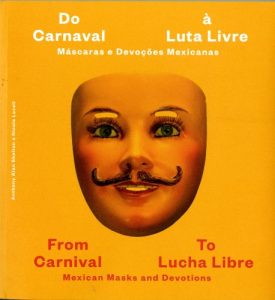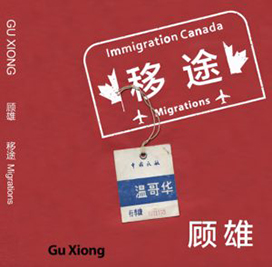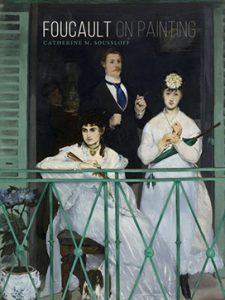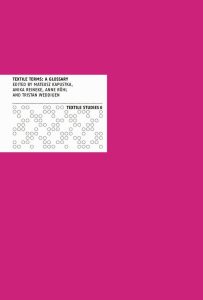From Carnival to Lucha Libre: Mexican Masks and Devotions / Do Carnaval à Luta Libre: Máscaras e Devoções Mexicanas

Lavell, Nicola and Anthony Alan Shelton, From Carnival to Lucha Libre: Mexican Masks and Devotions / Do Carnaval à Luta Libre: Máscaras e Devoções Mexicanas. Lisbon: Museu Nacional de Lisboa, 2017
Book information:
From Carnival to Lucha Libre: Mexican Masks and Devotions offers a series of glimpses into some of the most ingenious expressions of Mexico’s collective imagination, made and performed in the twentieth and twenty-first centuries. Unlike previous books on Mexican masks, From Carnival to Lucha Libre not only invites us to reflect on the relations between Indigenous and mestizo ceremonial and commercial masks and masquerades, but expands the lens to encompass the distinctive masks worn by the luchadores (wrestlers) and devoted fans of lucha libre, Mexico’s iconic wrestling culture.
The book illustrates with over 300 masks, as well as films and posters and a selection of superb photographs of luchadores by the celebrated visual artist Lourdes Grobet. The organization of the book follows the layout of the exhibition. Immersion begins in room one, Mirrored Worlds, with Tlaxcala carnival masks and masquerades featuring catrines, depictions of European dandies once credited with supernatural powers to bring the rains. Mirrored Worlds leads to room two, Theatres of Memory, and its rich display of ceremonial masks, including devils, tigers, Spaniards, Africans and Moors, to name just a few of the characters engaged in the millenarian battles between good and evil. Room three, the Mexican Imaginarium, is full of fantastic creations, from masks representing bats, alligators and other animals, to demons, mermaids and plumed serpents, ingeniously created by Mexican artists in response to market demand. From the Imaginarium, we step into the world of lucha libre, in films, posters, masks and images to encounter the legendary luchadores of the ring, the reel, and the still.
Migrations

Gu Xiong: Migrations, an exhibition of 45 years of Gu’s work, was organized as part of Canada’s 150th anniversary. The exhibition was scheduled to run for two months in the summer of 2017, at the Galaxy Museum of Contemporary Art in Chongqing, China—Gu’s home town. The artwork filled 10,000 square feet of exhibition space across two floors. After a month’s preparation (with the help of over a hundred volunteers and the gallery staff), however, the it was shut down before it could open. It was taken down over the following two days, during which time the gallery’s doors remained open, allowing visitors to watch the work slowly disappear.
For more information: http://guxiong.ca/en/catalogues/gu-xiong-migrations-catalogue/
Foucault on Painting

Michel Foucault had been concerned about painting and the meaning of the image from his earliest publications, yet this aspect of his thought is largely neglected within the disciplines of art history and aesthetic theory. In Foucault on Painting, Catherine M. Soussloff argues that Foucault’s sustained engagement with European art history critically addresses present concerns about the mediated nature of the image in the digital age.
Foucault’s writing on painting covers four discrete periods in European art history (seventeenth-century southern Baroque, mid-nineteenth century French painting, Surrealism, and figurative painting in the 1960s and ‘70s) as well as five individual artists: Velázquez, Manet, Magritte, Paul Reyberolle, and Gérard Fromanger. As Soussloff reveals in this book, Foucault followed a French intellectual tradition dating back to the seventeenth century, which understands painting as a separate area of knowledge. Painting, a practice long considered silent in its operations and effects, afforded Foucault an ideal discipline to think about history and philosophy simultaneously. Using a comparative approach grounded in art history and aesthetics, Soussloff explores the meaning of painting for Foucault’s philosophy, and for contemporary art theory, proposing a new relevance for a Foucauldian view of ethics and the pleasures and predicaments of contemporary existence.
For more information: https://www.upress.umn.edu/book-division/books/foucault-on-painting
“Texture” in Textile Terms: A Glossary

T’ai Smith, “Texture” in Textile Terms: A Glossary, edited by Anike Reineke, Anne Röhl, Mateusz Kapustka, and Tristan Weddigen. Berlin: Emsdetten, 2017
Book information:
The glossary explores and presents seventy essential and critical terms that define the textile medium as a specific form, material, technique and metaphor from antiquity to the present. It collects contributions of international specialists in the field. Each entry discusses one illustrated object which epitomizes the main concepts related to one of the volume’s keywords – from “apsorption” and “abstraction” to “weaving” and “wool”. The glossary is addressed to scholars and students of art and architectural history and related fields as well as to artists and curators. It offers a new point of reference and departure for future research on the textile medium as such.
For more information: http://www.reimer-mann-verlag.de/controller.php?cmd=detail&titelnummer=300055&verlag=3